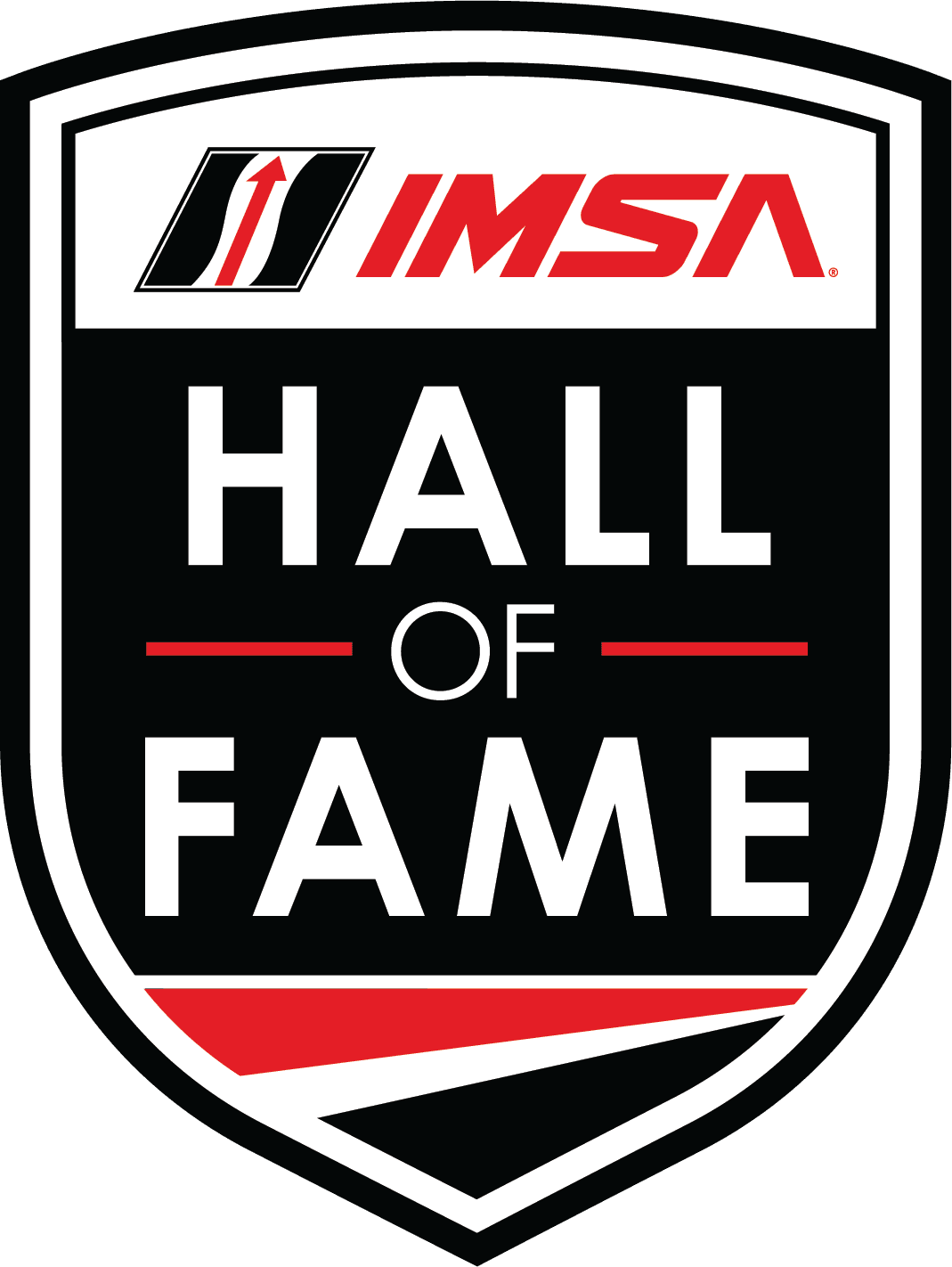Chevrolet
Corvette C5-R
DEVELOPMENT:
1999
INDUCTED:
2023
Chevrolet Corvette C5-R
by John Oreovicz
The General Motors Technical Center is a futuristic 120,000-square foot engineering support/research and development facility located in North Carolina on the campus of Hendrick Motorsports, the most successful team in NASCAR history.
But the roots of GM’s official factory involvement in motorsports can be traced to IMSA, with the Chevrolet Corvette C5-R and the formation of Corvette Racing in 1999.
Unveiled as a production car in 1997, the fifth generation Corvette was a big advance over its predecessors, featuring hydroformed steel frame rails that were the largest application of the then-new technology. The C5 was the first Corvette that emphasized cornering as much as straightline speed, making it a much more capable overall sports car than the C4 produced from 1984-96 and previous Corvettes.
Doug Fehan, a key member of several successful (but unofficial) Chevrolet racing programs in the 1980s and early ‘90s, recognized that the C5’s hydroformed frame rails also formed the perfect basis for a tube frame racing car. Fehan worked in conjunction with Herb Fishel, who eventually became executive director of GM Racing, to create a factory-backed road racing program that would compete at the top American endurance races and the 24 Hours of Le Mans.
“It was imperative that we did it the right way - we needed everybody to buy into the program,” said Fehan, who became the program manager for Corvette Racing. “Racing had always been run under the table or out the back door – it was never done properly. The key was when John Middlebrook, the new Chevrolet division general manager, said it was the first racing program he had ever seen that made any sense at all. You could have heard a pin drop in the room. This would be the first time in history that there would be a factory Corvette racing program.”
The key to Fehan’s successful pitch to GM management was that the knowledge Corvette Racing gained on the track could be used to improve subsequent generations of the street Corvette. The mid-engine Corvette C8 is overwhelming evidence that the program’s technology transfer mission has been accomplished.
“We created a synergistic relationship between engineering and racing,” said Fehan. “Dave Hill (Corvette chief engineer for the C5 and C6 generations) bought into that, really grasped the concept that racing could really benefit the brand in the long run. He changed his personal stationary to read ‘Bring the racing spirit to work,’ and that’s the vision he instilled in his engineering team.”
The Corvette C5-R was a tremendous success on the track. Corvette Racing won 35 of the 54 races it entered between 1999 and 2004; its impressive record includes 31 American Le Mans Series (ALMS) victories, including three each in the Mobil 1 Twelve Hours of Sebring and the Motul Petit Le Mans at Michelin Raceway Road Atlanta. Corvette Racing won three consecutive ALMS GTS class championships with drivers Ron Fellows (21 career wins for Corvette Racing) and Johnny O’Connell; other key drivers during the C5-R era include Chris Kneifel, Andy Pilgrim, Kelly Collins, Oliver Gavin, and Olivier Beretta.
The C5-R also earned three class wins at Le Mans and claimed the overall victory at the 2001 Rolex 24 at Daytona, where a second Corvette Racing entry was memorably driven to fourth place by Dale Earnhardt and Dale Earnhardt Jr. The C5-R paved the way for future generations of increasingly more capable street Corvettes, as well as competition versions developed in conjunction with Pratt Miller Engineering that continue to enjoy success racing in IMSA and around the world.
“To put it in a farming context, C5 found the land, cleared it, and planted that first crop,” Fehan related. “They did yeoman’s work, and that’s what gave us a great platform from which to work.”
Rumors of a mid-engine Corvette first surfaced in the mid-1970s. Those rumors finally became reality in 2020, with the introduction of the C8 generation of America’s original and most famous sports car, and the C8.R competition version that won consecutive GT Le Mans (GTLM) titles in the IMSA WeatherTech SportsCar Championship in 2020 and ’21.
It’s fair to say that the highly acclaimed Corvette C8 – still built in Bowling Green, Kentucky, but now sold worldwide with left- and right-and drive - would never have happened if not for Corvette Racing and the C5-R. In fact, the later C7.R and C8.R Corvette racing cars were directly developed in cooperation with their production counterparts.
“Tadge Juechter, who is just the fifth chief engineer in the 70-year history of the Corvette, was part of that C5 team in various roles,” Fehan observed. “He’d be the first to tell you that C8 never would have happened without the racing program and the level of technology and expertise we brought.
“The C8 is the ultimate distillation of those efforts, all of which operated from the model of C5.”
Photo Gallery
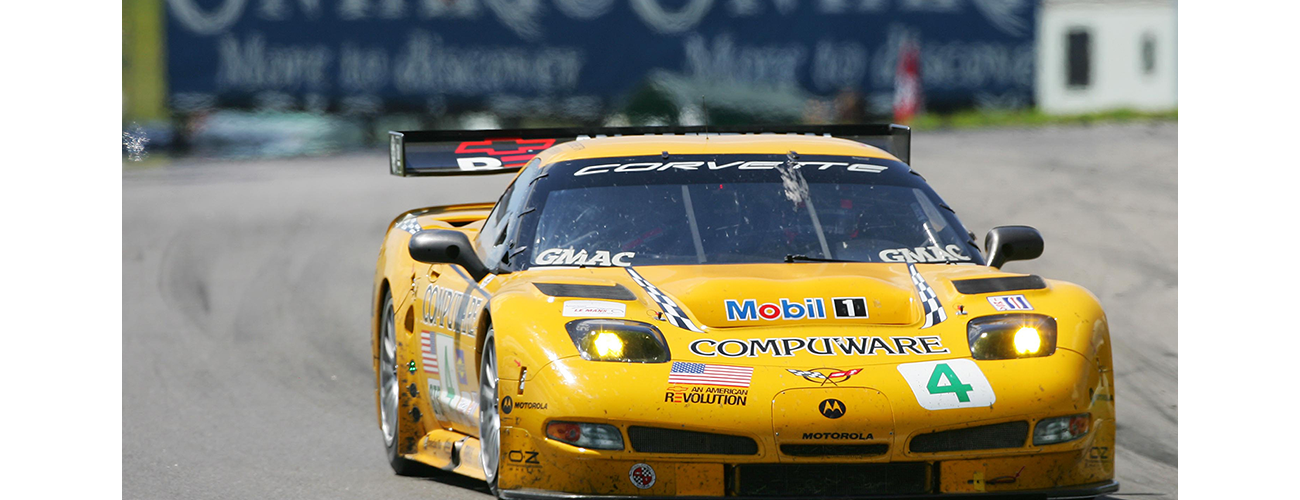

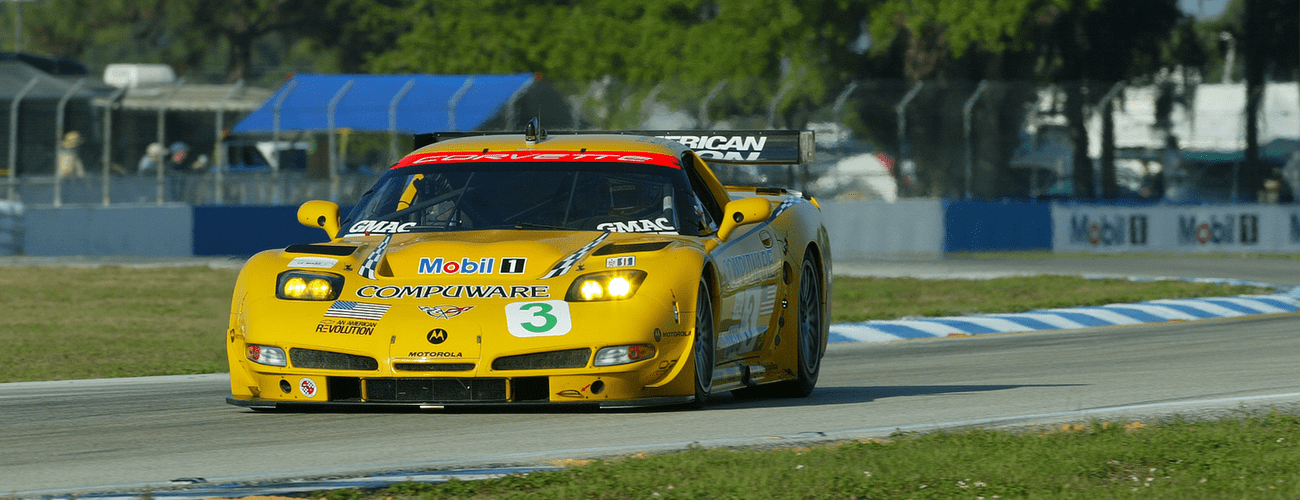







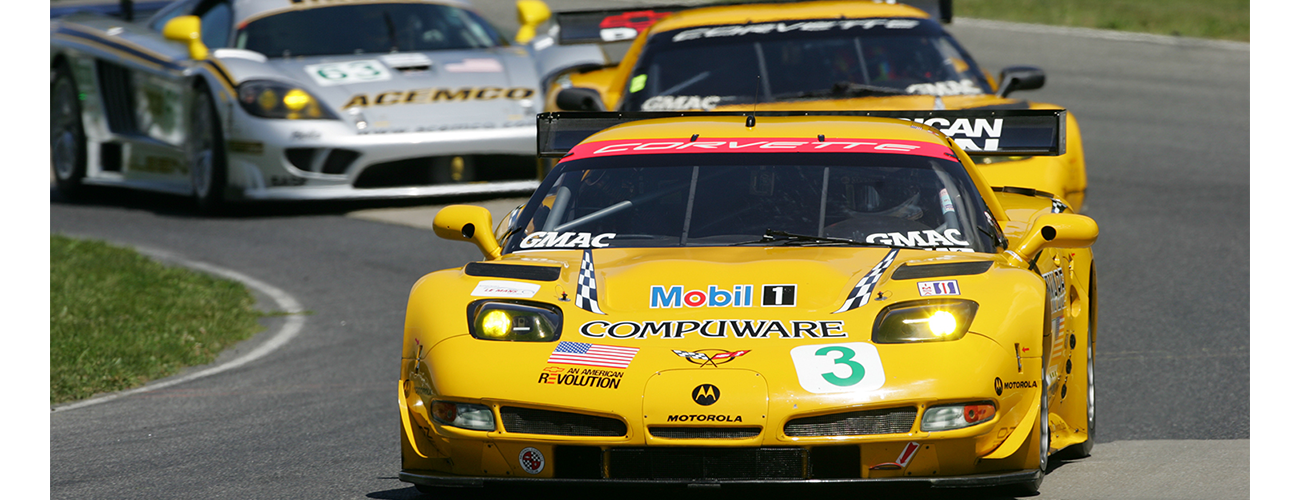



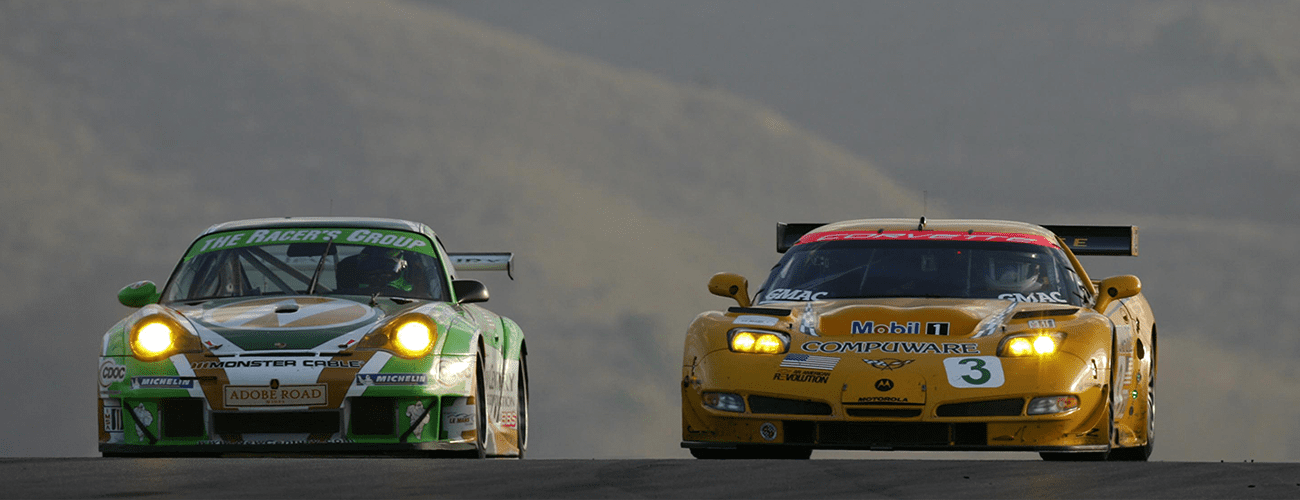






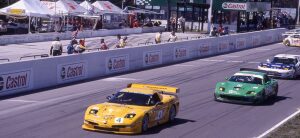
More Galleries
CHEVROLET Corvette C5-R
